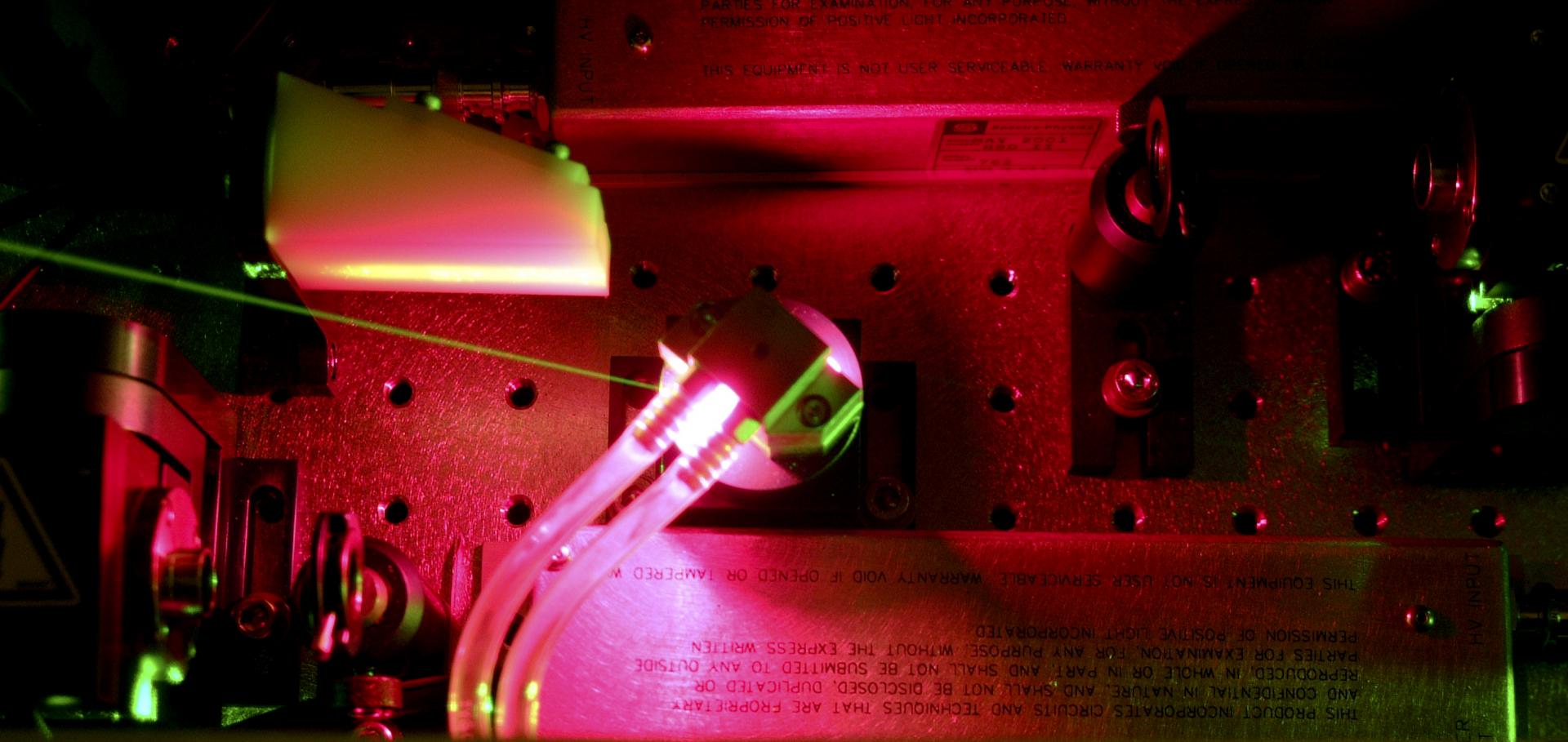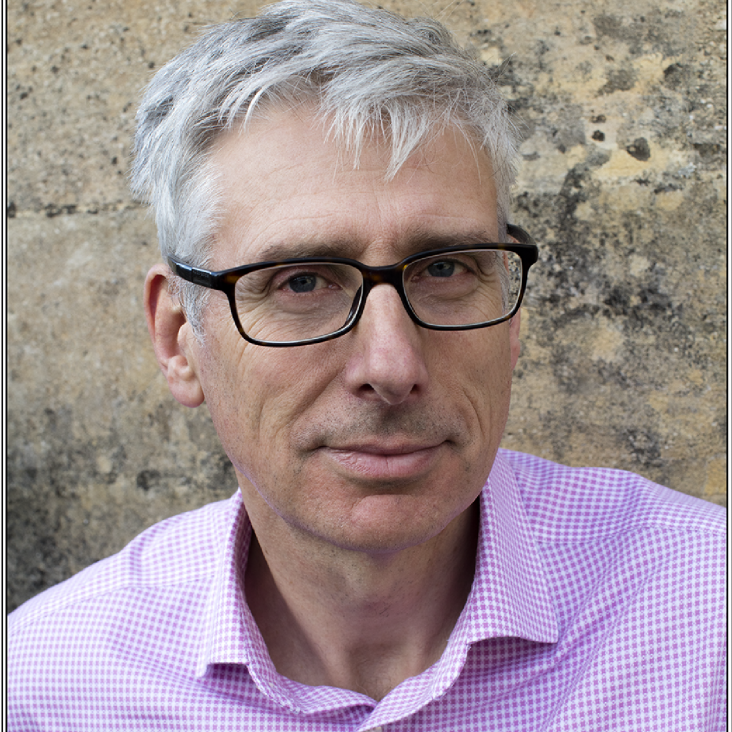Performance of capillary discharge guided laser plasma wakefield accelerator
2007 IEEE PARTICLE ACCELERATOR CONFERENCE, VOLS 1-11 (2007) 2222-+
Low energy spread 100 MeV-1 GeV electron bunches from laser wakefield acceleration at loasis
23rd International Linear Accelerator Conference, LINAC 2006 - Proceedings (2006) 806-808
Abstract:
Experiments at the LOASIS laboratory of LBNL recently demonstrated production of 100 MeV electron beams with low energy spread and low divergence from laser wakefield acceleration. The radiation pressure of a 10 TW laser pulse guided over 10 diffraction ranges by a plasma density channel was used to drive an intense plasma wave (wakefield), producing acceleration gradients on the order of 100 GV/m in a mm-scale channel. Beam energy has now been increased from 100 to 1000 MeV by using a cm-scale guiding channel at lower density, driven by a 40 TW laser, demonstrating the anticipated scaling to higher beam energies. Particle simulations indicate that the low energy spread beams were produced from self trapped electrons through the interplay of trapping, loading, and dephasing. Other experiments and simulations are also underway to control injection of particles into the wake, and hence improve beam quality and stability further.Update on seeded SM-LWFA and pseudo-resonant LWFA experiments - (STELLA-LW)
AIP Conference Proceedings 877 (2006) 534-540
Abstract:
The Staged Electron Laser Acceleration - Laser Wakefield (STELLA-LW) experiment is investigating two new methods for laser wakefield acceleration (LWFA) using the TW CO2 laser available at the Brookhaven National Laboratory Accelerator Test Facility. The first is seeded self-modulated LWFA where an ultrashort electron bunch (seed) precedes the laser pulse to generate a wakefield that the laser pulse subsequently amplifies. The second is pseudo-resonant LWFA where nonlinear pulse steepening of the laser pulse occurs in the plasma allowing the laser pulse to generate significant wakefields. The status of these experiments is reviewed. Evidence of wakefield generation caused by the seed bunches has been obtained as well as preliminary energy gain measurements of a witness bunch following the seeds. Comparison with a 1-D linear model for the wakefield generation appears to agree with the data. © 2006 American Institute of Physics.High Quality Electron Bunches up to 1 GeV from Laser Wakefield Acceleration at LBNL
AIP Conference Proceedings AIP Publishing 877:1 (2006) 8-14
GeV electron beams from a laser-plasma accelerator
Institute of Electrical and Electronics Engineers (IEEE) (2006) 538-539


